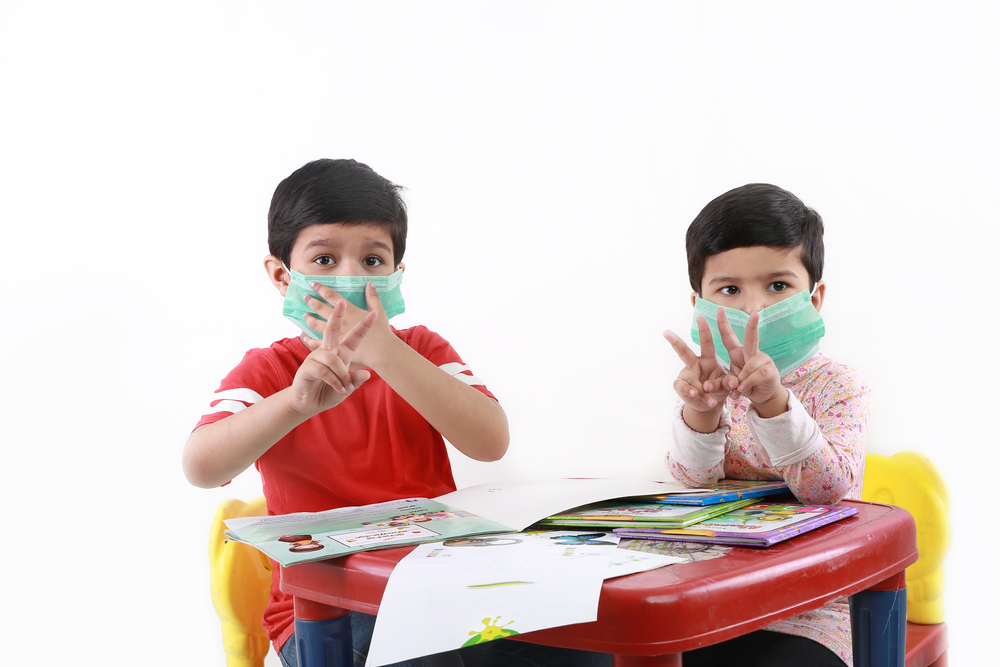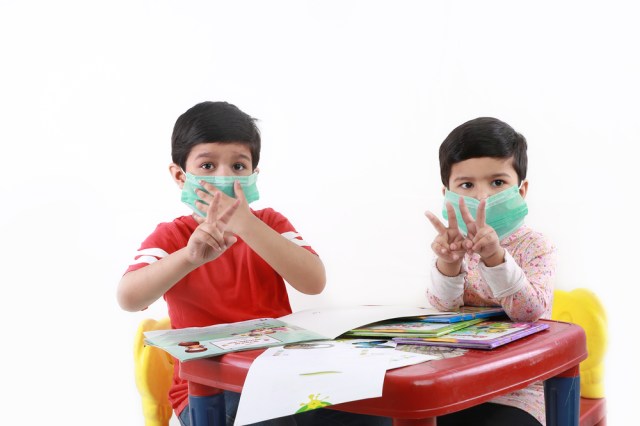
As the COVID-19 virus rages on, families are facing a crisis on all fronts. For those with children, the question of school reopening is front and center. Not only is it of importance to the cognitive and social development of their kids, in all likelihood, it will also determine whether or not they will be able to return to work.
Most school systems have either decided to have all learning remote or have taken a “wait and see” approach, leaving parents even more panicked about their plans come September.
As a result, many are taking educational opportunities into their own hands. Some parents are forming “pods” or small groups of children (between 5 and 8) to meet in a family’s home with an individual teacher hired to either “homeschool” or supplement the online learning that schools are providing. This accomplishes two goals; first, it provides much needed support for parents who have been struggling to keep up with their children’s distance learning, and secondly, it provides social interaction for children who have been isolated from their peers for several months.
On the face of it, if one can afford it and has the time to organize and supervise it, it may seem like a good alternative. That said, there are many things to consider before starting this journey.
Finding families that you trust and whose educational and social goals align with yours will be your first hurdle. Families who have high-risk members such as grandparents or immune-compromised individuals in their household are not good candidates. It is also essential to take into consideration the occupation of the parents in your pod; healthcare workers or other essential workers who come into frequent contact with the public may not be appropriate members either.
Equally important is a firm commitment that all members of the pod, including teachers and their families, follow best practices: masking, handwashing, and social distancing.
And before planning an academic schedule, parents must make provisional plans for the possible infection of children, staff, and all family and household members. Strict rules must be in place for if and when members of the pod become sick with coronavirus or other illnesses.
Finding and fairly compensating teachers will be the next challenge, especially if there is a broad range in the children’s grade level and abilities in your pod. Many online sites have sprung up to meet the demand of this new phenomenon, and a google search can help find staff in your area.
Parents who are forming pods have been criticized for poaching the best teachers from already taxed school systems, adding to the existing inequities in their communities. In some cases, parents invite families who could not afford to participate in a pod to attend for free. Other attempts to compensate for their privilege, have pod parents donating funds to their school communities to support those families without computers or internet service. These well-meaning gestures can be tricky territory to navigate, and along with all aspects of this pursuit must be carefully thought through to implement successfully.
If your goal is to provide “homeschooling,” you must contact your public school to withdraw your child and find out the curriculum that is being used in your jurisdiction and to get information about websites they recommend for guidelines.
If the goal is to supplement an online academic program provided by your child’s school, then you and the other families need to discuss and agree upon what content and activities you want to implement to augment their distance learning. In establishing daily and weekly schedules, limiting the number of teachers interacting with your pod is a major concern.
This endeavor is not impossible, but it will require tremendous focus and motivation by entire families who choose to participate.











